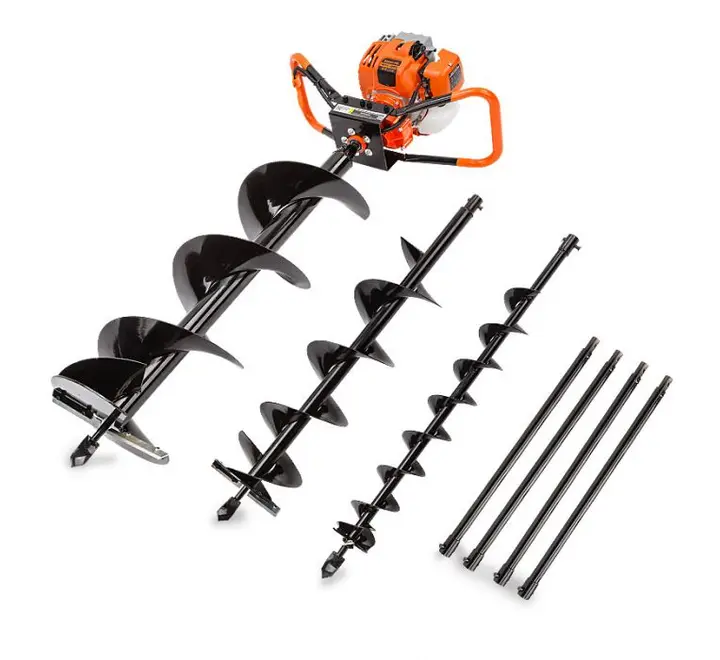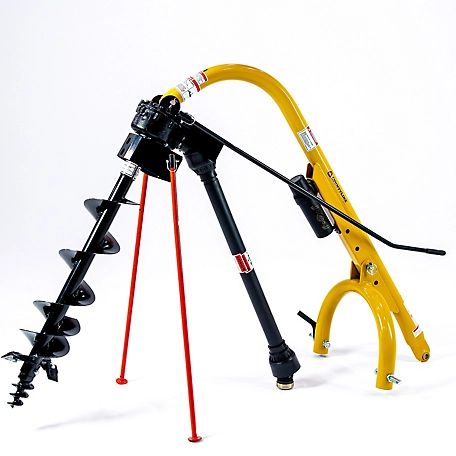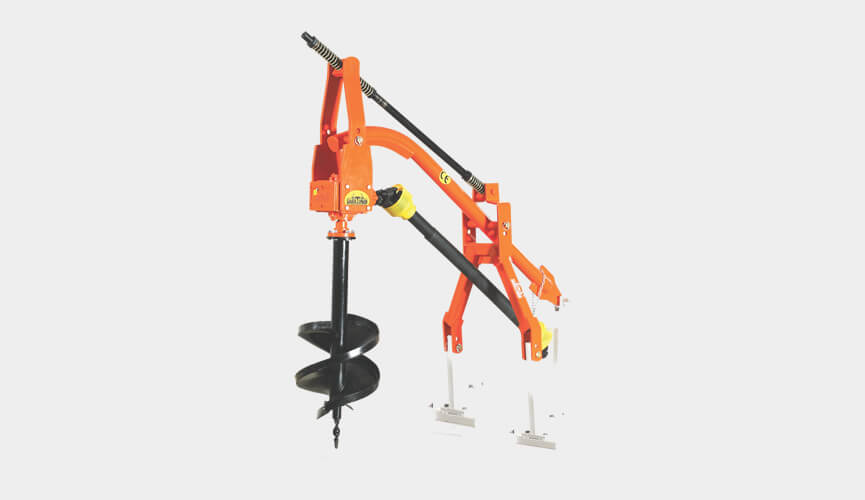Product Description
manual post hole auger,;
size:;6 inch.;
one hole operate.;
rotate to drill holes as your dimension.;
| Style: | Mediterranean Style |
|---|---|
| Colour: | Black or Red |
| Material: | Metal |
| Type: | Planter |
| Shape: | Round |
| Size: | Large |
| Customization: |
Available
| Customized Request |
|---|

Can you provide examples of projects or applications that require a post hole digger?
Post hole diggers are versatile tools that find application in various projects and tasks that involve digging holes. Here are some examples of projects or applications that commonly require the use of a post hole digger:
- Fence Installation: When installing fences, post hole diggers are essential for digging holes to secure the fence posts. Whether it’s a wooden, metal, or vinyl fence, a post hole digger allows for precise and consistent hole digging, ensuring the stability and longevity of the fence.
- Deck or Patio Construction: Building a deck or patio often involves setting support posts into the ground. Post hole diggers are used to excavate holes for these posts, ensuring that they are properly anchored and provide a solid foundation for the structure.
- Signage or Street Lighting Installation: In projects involving the installation of signage, street lights, or other outdoor fixtures, post hole diggers are employed to dig holes for the supporting posts. This ensures that the signs or lights are securely mounted and can withstand external forces and weather conditions.
- Landscaping and Gardening: Post hole diggers are useful for various landscaping and gardening tasks. They can be used to dig holes for planting trees, shrubs, or large plants, allowing for proper root growth and stability. Additionally, post hole diggers are employed in installing garden trellises, arbors, or pergolas.
- Flagpole Installation: When erecting flagpoles, post hole diggers are utilized to dig the holes for the flagpole base. This ensures that the flagpole stands upright and remains stable, even in windy conditions.
- Foundation Repair: In certain foundation repair projects, post hole diggers are employed to excavate holes around the foundation for the installation of support piers or foundation underpinning. These holes allow access to the foundation, facilitating the repair or reinforcement process.
- Utility Pole Placement: Post hole diggers are commonly used in utility pole installation, where holes need to be dug to accommodate the poles. This is crucial for the installation of power lines, telephone lines, or other utility infrastructure.
- Building Construction: Post hole diggers play a role in various construction projects, such as the installation of structural supports for small buildings, sheds, or pergolas. They are used to dig holes for the support posts, ensuring a stable and secure structure.
These examples demonstrate the diverse range of projects and applications where post hole diggers are essential tools. Whether it’s for residential, commercial, or industrial purposes, post hole diggers enable efficient and accurate hole digging, contributing to the successful completion of various construction, landscaping, and installation projects.

How do post hole diggers handle variations in hole diameter and depth?
Post hole diggers are designed to handle variations in both hole diameter and depth, providing flexibility and adaptability for different project requirements. Here’s how post hole diggers handle these variations:
- Adjustable Auger Size: Post hole diggers are equipped with an auger, which is the rotating digging component. Many post hole diggers feature interchangeable auger bits of different sizes. These auger bits come in various diameters, allowing users to select the appropriate size for the desired hole diameter. By swapping out the auger bits, post hole diggers can easily handle variations in hole diameter to accommodate different project needs.
- Telescoping or Extension Shafts: Some post hole diggers come with telescoping or extension shafts. These shafts can be adjusted in length to extend the reach of the digger, enabling users to dig holes at different depths. By extending or retracting the shaft, post hole diggers can handle variations in hole depth, allowing for deeper or shallower holes as required by the specific project.
- Adjustable Depth Control Mechanisms: Many post hole diggers incorporate adjustable depth control mechanisms. These mechanisms allow users to set the desired depth of the hole before starting the digging process. By utilizing depth control features such as depth collars or depth stoppers, operators can ensure consistent and accurate hole depths throughout the project, even when dealing with variations in terrain or soil conditions.
- Graduated Markings or Measurements: Some post hole diggers have graduated markings or measurements on the shaft or handle. These markings provide a visual reference for the operator to gauge the depth of the hole while digging. By referring to the measurements, users can monitor and adjust the depth as needed, ensuring precise control over variations in hole depth.
- Manual or Powered Operation: Post hole diggers are available in both manual and powered versions. Manual post hole diggers require the operator to exert physical force to dig the hole, offering fine control over the digging process. Powered post hole diggers, such as those driven by gas engines or electric motors, provide additional power and speed, making it easier to handle variations in hole diameter and depth more efficiently.
- Operator Technique: The operator’s technique also plays a role in handling variations in hole diameter and depth. Experienced operators can skillfully manipulate the post hole digger to achieve the desired dimensions. By controlling the angle, position, and movement of the digger, operators can adapt to variations in the terrain, soil conditions, and project requirements, effectively managing changes in hole diameter and depth.
By incorporating features such as adjustable auger size, telescoping or extension shafts, adjustable depth control mechanisms, graduated markings or measurements, and offering both manual and powered options, post hole diggers provide the means to handle variations in hole diameter and depth. Additionally, the operator’s technique and skill contribute to achieving precise and consistent results, ensuring that the post hole digger can effectively adapt to the specific requirements of different projects.

What is a post hole digger and how does it work?
A post hole digger is a tool used to manually or mechanically dig holes in the ground for various purposes, such as installing fence posts, signposts, or planting trees. It consists of a long shaft with handles at the top and a digging mechanism at the bottom.
The digging mechanism of a post hole digger typically consists of two sharp metal blades or scoops, known as augers, attached to the bottom of the shaft. The augers are shaped like spirals to help drive them into the ground and remove soil from the hole.
When using a manual post hole digger, the operator positions the blades at the desired location and pushes the handles downward. The downward force combined with a twisting motion allows the augers to penetrate the soil. The operator then lifts the digger out of the hole, bringing the loosened soil to the surface. The process is repeated until the desired depth is reached.
For larger or more challenging digging tasks, there are also mechanical post hole diggers available. These tools are often powered by gas engines or electric motors. Mechanized post hole diggers operate similarly to manual ones, but the power source provides the necessary force to drive the augers into the ground more easily and quickly.
Post hole diggers come in various sizes to accommodate different hole diameters and depths. The size of the augers determines the width of the hole, while the length of the shaft determines the depth that can be achieved.
In summary, a post hole digger is a tool used for digging holes in the ground. It works by using sharp augers to penetrate and remove soil, either through manual force or with the assistance of a power source in the case of mechanical diggers.


editor by CX 2023-12-19